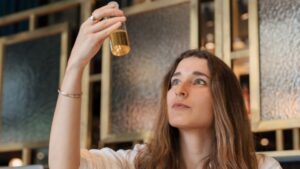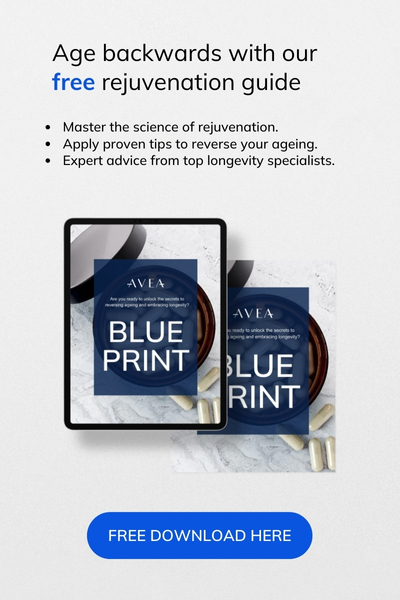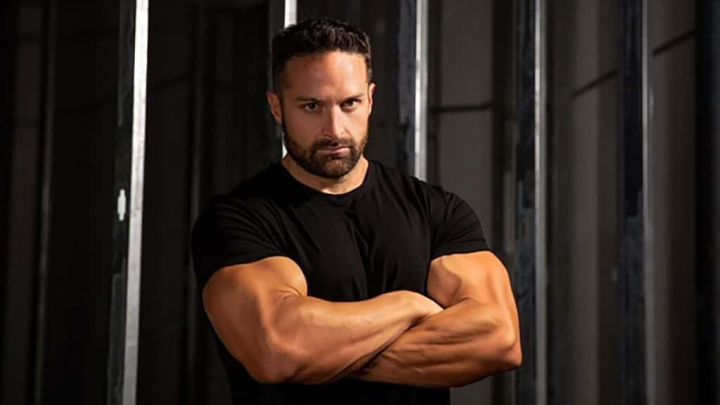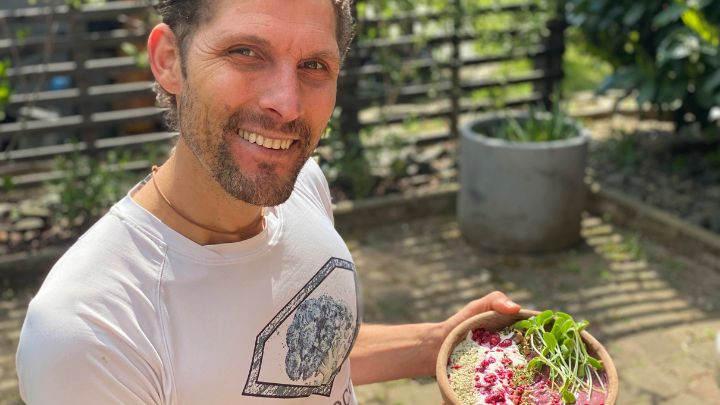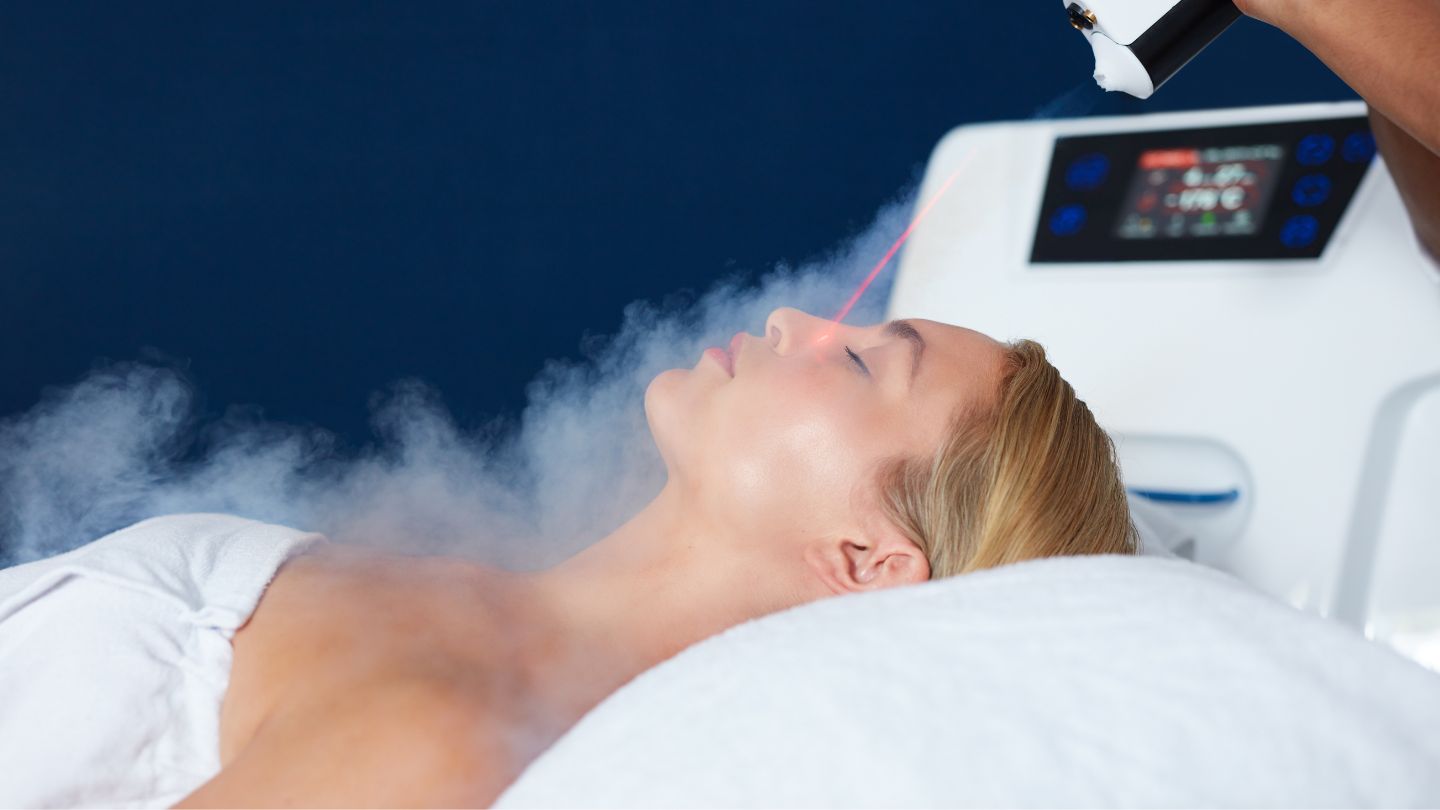Did you know that even celebrities like Lady Gaga and Harry Styles are embracing the ancient practice of contrast therapy for its remarkable health benefits?
This age-old method, once a secret of athletes and rehab therapists, is now the latest buzz in Hollywood for its ability to heal the body and soothe the mind.
But why are these stars, known for having access to the most cutting-edge health trends, turning to something as simple as alternating hot and cold baths?
Join us as we dive into the science and allure behind Contrast Therapy, uncovering how this simple therapy can significantly impact your physical and mental wellbeing.
In this article
Free guide to reverse your biological age
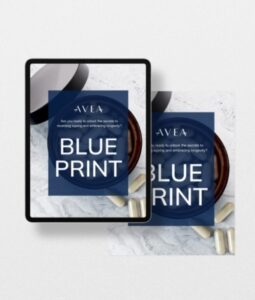
- Master the science of rejuvenation.
- Apply proven tips to turn back the clock.
- Transform your health with top longevity specialists.
What is contrast therapy?
Understanding the basics
Contrast therapy, a form of treatment involving alternating hot and cold applications, has been a part of healing practices for centuries.
For instance, in ancient Rome, the practice of moving between hot baths and cold plunges was common in Roman bathhouses. In traditional Scandinavian cultures, the use of saunas followed by cold water immersion or snow rolling was a routine wellness practice.
Similarly, in Eastern traditions, especially in Japan, the use of hot springs followed by cold water baths was a popular method for promoting health and recovery. The therapy essentially involves moving between environments of contrasting temperatures, traditionally using water as the medium.
This method gained popularity due to its simplicity, accessibility, and perceived therapeutic effects. Today, contrast therapy is embraced in modern wellness and sports medicine, evolving with scientific understanding but still maintaining its fundamental principles.
The science unpacked
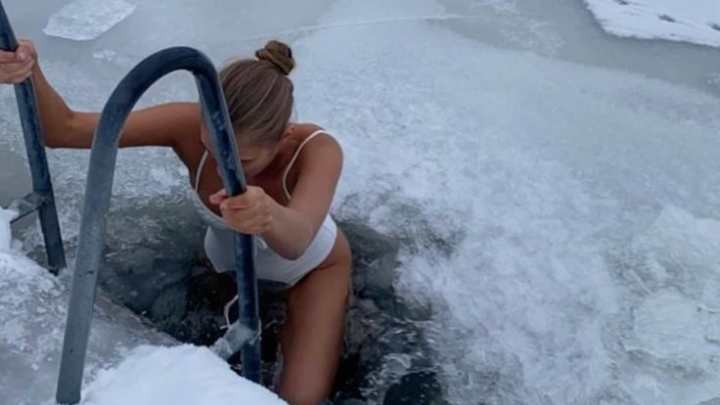
The key to contrast therapy’s effectiveness lies in its impact on the body’s vascular system. Alternating between hot and cold temperatures induces vasoconstriction and vasodilation, respectively.
This process creates a ‘pumping’ action in the blood vessels, enhancing blood circulation. Improved blood flow ensures better oxygen and nutrient delivery to tissues, promoting healing and recovery.
The cold application reduces inflammation and swelling, while the warmth relaxes muscles and improves tissue flexibility. This combination not only helps in quicker recovery from muscle soreness and injury but also contributes to overall health improvement by stimulating your body’s natural healing mechanisms.
Learn more about cold therapy: 5 key insights for optimal health and longevity.
Applications of contrast therapy
In sports and fitness
Contrast therapy is a staple in athletic recovery programs. Athletes from various sports, including running, swimming, and team sports like basketball, often use this method to recover from intense training sessions or competitions.
It’s reported to significantly reduce muscle soreness and improve recovery time. Testimonials from athletes highlight its effectiveness in reducing delayed onset muscle soreness (DOMS) and enhancing recovery, allowing them to train harder and more frequently. Some case studies have shown marked improvement in athletes’ recovery times when incorporating contrast therapy into their post-training routines.
Therapeutic benefits beyond the gym
Contrast therapy extends its benefits far beyond the athletic world. It’s becoming increasingly popular for everyday health and wellness, particularly for improving circulation and promoting longevity.
Regular use of contrast therapy can lead to enhanced blood flow, which is crucial for overall health and vitality. Improved circulation contributes to better oxygen and nutrient distribution throughout the body, which can have a positive impact on longevity.
Contrast therapy is also known to improve joint mobility and reduce symptoms of chronic conditions like arthritis, making it a valuable tool for maintaining health and wellness at any age.
Implementing contrast therapy in daily life
Professional settings
Contrast therapy is often integrated into spa treatments and physiotherapy sessions. Spas offer specialised contrast therapy sessions, typically involving a sequence of saunas, steam rooms, and cold plunges or ice baths.
In physiotherapy, it’s used to help recovery from injuries, with therapists guiding the temperature and duration of exposure to optimise therapeutic benefits. These settings provide a controlled environment where you can experience the full potential of contrast therapy under expert supervision.
At-home practices
If you’re keen on incorporating contrast therapy into your daily routine, it can be easily practised at home.
Simple methods include alternating between hot showers and cold rinses, or using hot and cold compresses. Safety is paramount; it’s essential to limit exposure time to avoid thermal shock and to start with moderate temperature differences.
Plus, combining contrast therapy with longevity supplements from Avea, can enhance overall health and longevity.
Supplements can provide the necessary nutritional support to complement the physical benefits of contrast therapy, ensuring a holistic approach to wellness.
You can also practice the Wim Hof Method. Learn more here.
The Avea Mobiliser
Integrating the Mobiliser supplement into your contrast therapy routine can significantly enhance the benefits for joint health and mobility.
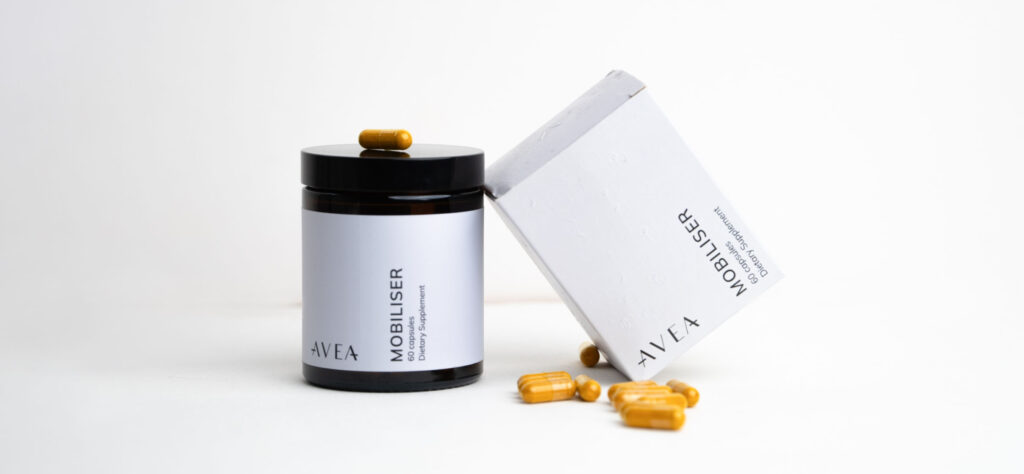
Here’s why you should consider incorporating the Mobiliser into your regimen:
- Eases joint pain: Especially beneficial post-exercise or due to aging.
- Rebuilds and restores: Improves mobility and flexibility in joints.
- Boosts physical performance: Can lead to enhanced endurance and strength.
- Science-backed ingredients: Contains HydroCurc®, Maritime Pine Bark, and UC-II®.
HydroCurc® offers high bioavailability and effective anti-inflammatory benefits. Maritime Pine Bark helps in reducing pain and improving joint mobility. UC-II® supports joint health by modulating the immune system and rebuilding cartilage.
With a 90-day money-back guarantee, the Mobiliser is a risk-free addition to your health regimen.
Contrast therapy and brain health
Contrast therapy’s effects on the brain can be understood through its influence on the body’s thermoregulatory and nervous systems.
The alternating hot and cold exposures during contrast therapy could stimulate neurovascular responses, potentially enhancing cerebral blood flow. This increased blood flow may improve oxygen and nutrient delivery to the brain, potentially enhancing cognitive function and alertness.
Contrast therapy might activate the sympathetic and parasympathetic nervous systems, leading to a balanced state of stress and relaxation. This could potentially aid in reducing symptoms of anxiety and depression, as well as improving overall mental well-being.
It may not only be beneficial for physical recovery, but also for promoting neurological and mental health.
Debunking myths and addressing concerns
Is contrast therapy safe?
Contrast therapy is generally safe when practised correctly. It involves alternating between hot and cold temperatures, which can be beneficial if done with proper guidance and moderation. Yet, it’s important to consider your own health conditions, especially if you are with cardiovascular issues or extreme temperature sensitivity. Consulting with a healthcare professional is advisable before starting contrast therapy.
Is contrast therapy good?
Contrast therapy can be good for various purposes, including reducing muscle soreness, improving circulation, and helping in recovery from physical exertion. It’s beneficial for athletes and non-athletes alike, providing a non-invasive way to enhance physical well-being and potentially improve joint mobility and reduce inflammation.
Does contrast therapy work?
The effectiveness of contrast therapy depends on the person and the specific condition being treated. While scientific studies supporting its benefits are growing, evidence suggests that it can help in muscle recovery, reduce soreness, and improve circulation. As with any treatment, results can vary, and it may be more effective for some than others.
How often should I do contrast therapy?
The frequency of contrast therapy sessions depends on your individual needs and goals. For general wellness, once or twice a week might be sufficient, while athletes might benefit from more frequent sessions.
Can contrast therapy help with stress and anxiety?
Yes, contrast therapy can potentially help in stress and anxiety reduction. The therapy is believed to stimulate the parasympathetic nervous system, which helps in relaxation and stress management.
Are there any age restrictions for contrast therapy?
Contrast therapy can be beneficial for most age groups, but caution is advised for very young children and the elderly. It’s always recommended to consult a healthcare professional for personalised advice.
Can contrast therapy help with chronic pain?
There is evidence suggesting contrast therapy can be helpful in managing some types of chronic pain, such as pain associated with arthritis, by improving circulation and reducing inflammation.
What should I do if I feel discomfort during contrast therapy?
If you experience discomfort during contrast therapy, it’s important to stop the session and adjust the temperature to a more comfortable level. If discomfort persists, consult a healthcare professional.
Should I end with cold or hot water?
Ending your contrast therapy session with cold water is recommended. The final cold phase serves two main purposes: it leaves you feeling invigorated and refreshed, shaking off any lingering lethargy from the warm phases, and it also helps close the skin’s pores, which were opened by the warmth.






